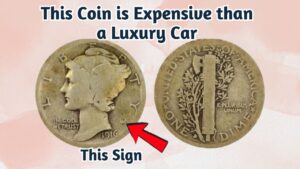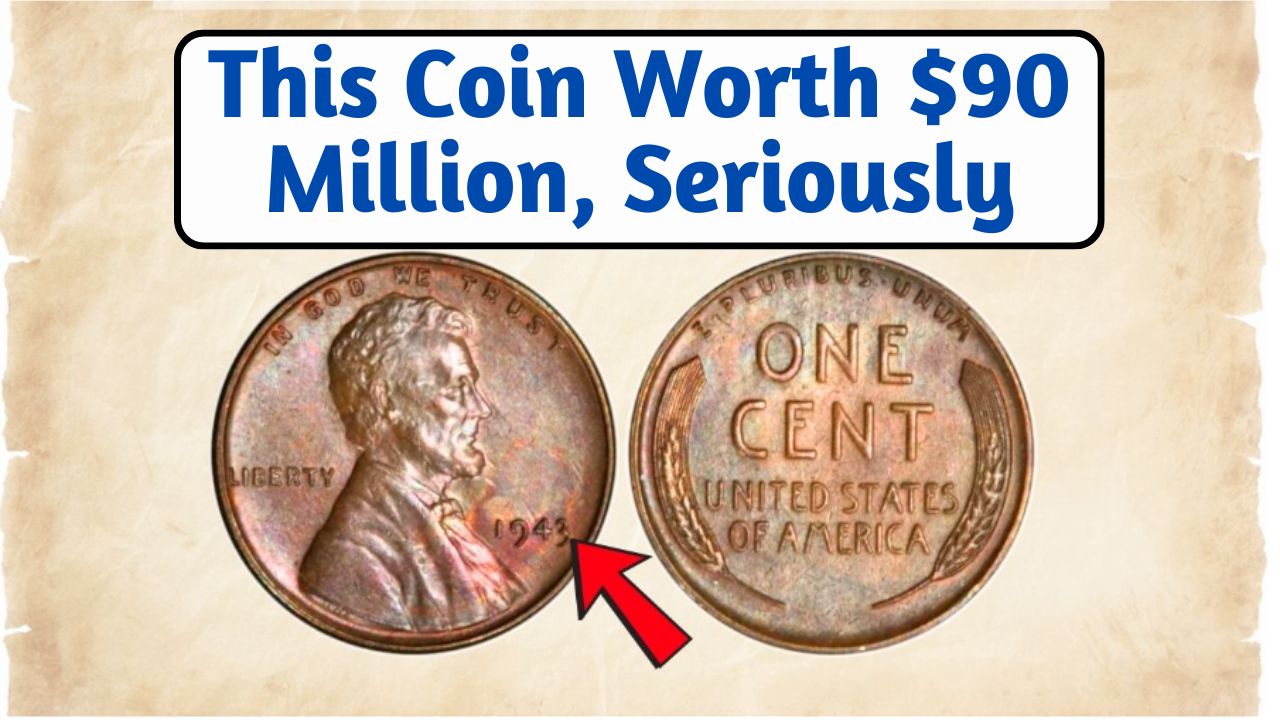Imagine reaching into your pocket and pulling out what seems like an ordinary coin—only to discover it’s worth more than a private yacht or a Manhattan penthouse. This isn’t a fairy tale from a collector’s dream journal. It’s the ongoing legend of the Bicentennial Quarter, a 1976 coin that has stunned the numismatic world with whispers of a staggering $90 million valuation.
The Bicentennial Quarter
Back in 1976, America celebrated 200 years of independence with a commemorative coinage series. Among them, the quarter was redesigned—replacing the usual eagle on the reverse with a colonial drummer, torch ablaze, and a ring of thirteen stars honoring the original states.
Millions were minted. Most are still worth just 25 cents. But not all of them are created equal. A mysterious handful—born of minting quirks, rare materials, or pristine preservation—have become the holy grail for collectors.
What Catapults a Coin to $90 Million?
Rare Bicentennial Quarter Worth More Than a Luxury Car

It sounds unfathomable: how can one pocket-sized piece of metal rival the GDP of a small nation? The answer lies in an intricate matrix of rarity, provenance, physical perfection, and historical mystique.
Minting Irregularity
This extraordinary coin is believed to have originated from a minting mishap—a double strike, off-center impression, or incorrect die use. While defects are usually unwanted, in coin collecting, they sometimes signify uniqueness. A one-of-a-kind error can make a coin unrepeatable and irreplaceable.
Exotic Composition
While standard Bicentennial Quarters consist of a copper-nickel alloy, select proof editions—created solely for collectors—contain 40% silver. Yet rumors swirl that this $90 million marvel may have been struck using an experimental planchet, potentially crafted from an alloy intended for a different denomination or prototype minting.
Condition That Defies Time
Coin grading follows a scale from 1 to 70. An MS-70 (Mint State) coin is flawless even under 5x magnification. If this coin truly exists in MS-70 or higher, it would be among the finest ever preserved—untouched by circulation, radiant in detail, and frozen in mint-state eternity.
Symbolism Beyond Metal
Lincoln Wheat Penny Allegedly Worth $25.7 Million Still Circulating Among Common Change

Coins are more than monetary devices; they are history in your hand. The Bicentennial Quarter isn’t just metal—it’s a medallion of America’s 200-year journey. Combine that symbolism with an anomaly, and its allure multiplies tenfold.
Might This Coin Still Be in Circulation
Here’s where the intrigue amplifies: this coin, possibly still floating undetected in general circulation, may be hiding in plain sight. It could be jingling inside a coffee shop tip jar or stashed inside an old family piggy bank. This uncertainty fuels an ongoing, electrifying treasure hunt.
How to Identify a Potentially Rare Bicentennial Quarter
Not every 1976 quarter will grant you a life of luxury, but knowing what to look for can help you identify a hidden gem.
| Feature | What to Examine |
|---|---|
| Year Inscription | Look for the dual date “1776–1976” on the obverse side. |
| Metal Composition | A silverish hue may hint at an unusual alloy or proof version. |
| Mint Mark | An “S” beneath Washington’s portrait denotes the San Francisco mint. |
| Visual Anomalies | Doubling, off-centering, or strange textures may point to minting errors. |
| Wear and Tear | A flawless coin, showing no signs of handling, could qualify for grading. |
Use a jeweler’s loupe or magnifying lens under natural light to inspect surface patterns, edges, and striking details. Suspect something rare? Submit it to PCGS (Professional Coin Grading Service) or NGC (Numismatic Guaranty Corporation) for a professional evaluation.
Why Rare Coins Enchant Collectors
The $10 Bill That Journeyed From a Tip Jar to Museum Glass

To most, a coin is just a tool for trade. But to numismatists, each one holds the echoes of an era. Coins with anomalies act as whispered chronicles of mintroom mayhem, accidental artistry, and forgotten designs.
Collecting is not merely accumulation—it’s archaeology in miniature. Each piece connects to a moment in time, and the 1976 Bicentennial Quarter represents an entire nation’s celebration carved in metal.
What This Means for Everyday People
Still think your spare change is trivial? Think again. That dusty jar filled with quarters could conceal generational wealth. Every time a cashier drops a coin into your palm, you might be holding an artifact, not just currency.
The journey to find that multimillion-dollar quarter doesn’t require a treasure map—just attention, curiosity, and a magnifying glass.
Final Reflections
The $999 Million Lincoln Wheat Penny, Myth or Hidden Treasure

The legend of the $90 million Bicentennial Quarter may read like coin folklore, but it’s grounded in real-world phenomena where numismatic rarities have fetched extraordinary sums. This particular coin, should it be authenticated and auctioned, might very well redefine the value of modern coinage.
Whether you’re a veteran collector or a curious bystander, this tale invites a fresh perspective. Sometimes, the smallest things carry the weight of monumental worth—both historically and financially.
FAQs
What makes the Bicentennial Quarter potentially worth $90 million?
Its astronomical value is believed to derive from a trifecta of a rare minting anomaly, non-standard metal composition, and a flawless preservation grade (likely MS-70).
How can I know if my quarter is the rare one?
Check for ‘1776–1976’ marking, silver-toned luster, an ‘S’ mint mark, and any signs of minting oddities such as double strikes or off-center images.
Are all Bicentennial Quarters valuable?
This 1943 Lincoln Wheat Penny Is Worth Over $300,000 – Check Your Pennies!

No. The vast majority are common. Only those with exceptional traits or proven errors hold substantial value.
Could the $90 million quarter still be out there?
Yes, it’s rumored that this coin was never pulled from circulation. That means it could still be in someone’s change pile or forgotten drawer.
Where can I get my quarter appraised?
Use trusted services like PCGS or NGC to professionally grade and appraise your coin.






